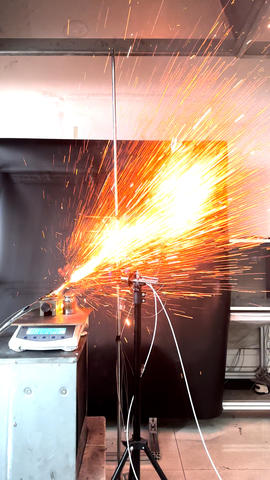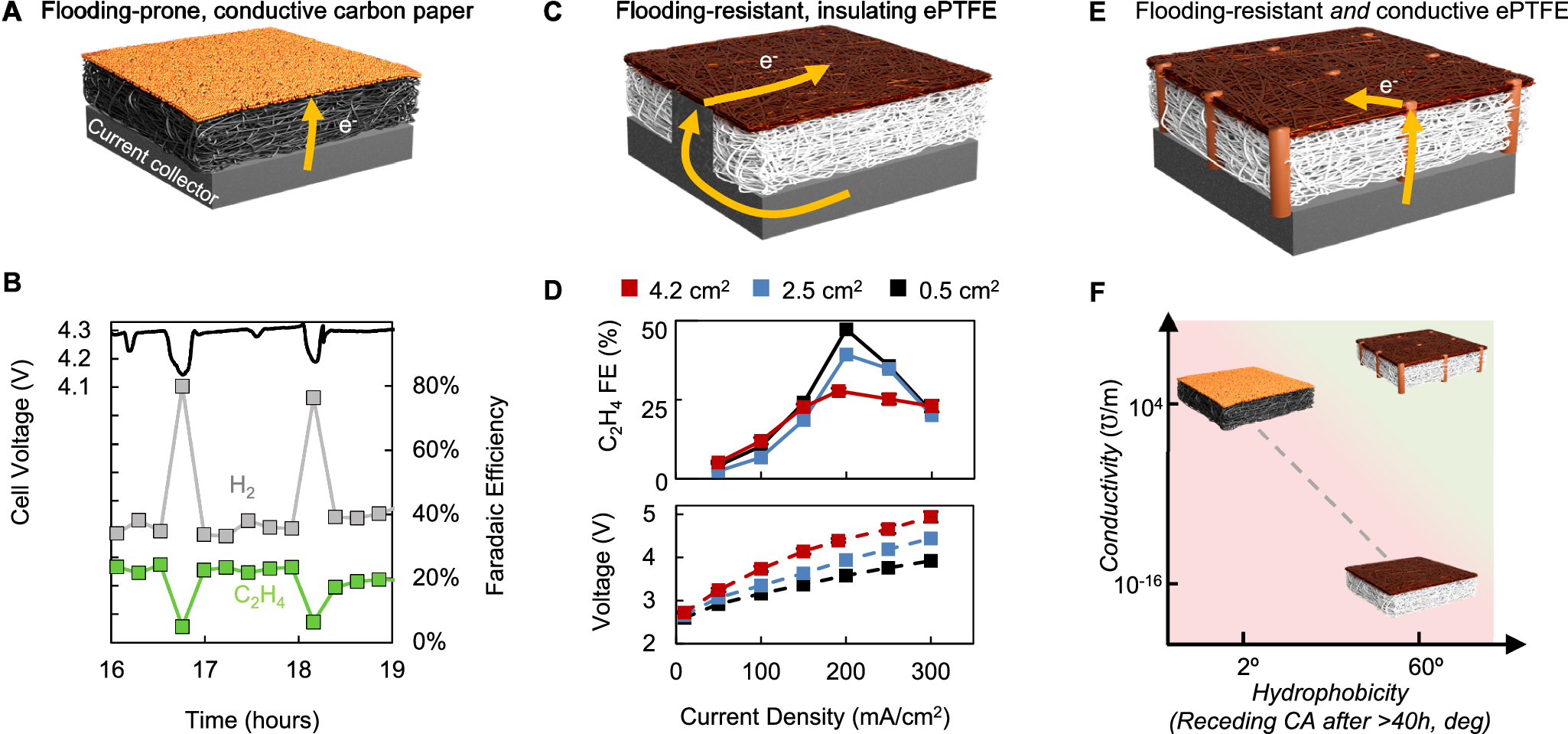2024-11-14 米国国立標準技術研究所(NIST)

If a lithium-ion battery gets too hot or is damaged, it may undergo a chemical reaction called thermal runaway. This experiment, performed at Xi’an University of Science and Technology in collaboration with NIST, was designed to record the sounds a lithium-ion battery makes before and during thermal runaway.
Credit: Jian Chen/Xi’an University of Science and Technology
<関連情報>
- https://www.nist.gov/news-events/news/2024/11/ai-can-hear-when-lithium-battery-about-catch-fire
- https://www.nist.gov/publications/development-robust-early-stage-thermal-runaway-detection-model-lithium-ion-batteries
- https://www.sciencedirect.com/science/article/abs/pii/S2352152X21002474
リチウムイオン電池のロバストな初期段階熱暴走検出モデルの開発 Development of a Robust Early-Stage Thermal Runaway Detection Model for Lithium-ion Batteries
Wai Cheong Tam, Jian Chen, Wei Tang, Qi Tong, Hongqiang Fang, Anthony D. Putorti Jr.
13th Asia-Oceania Symposium on Fire Science and Technology Published:October 22, 2024
Abstract
This paper presents the development of a fast-responding and accurate detection model for early-stage thermal runaway of a lithium-ion battery utilizing acoustics and a deep learning paradigm. A series of single-cell lithium-ion battery tests is conducted. Different state-of-charge conditions and battery orientations are considered. Acoustic data are extracted from video recordings. Using data augmentation, 1 330 acoustic samples of early-stage thermal runaway are obtained. To facilitate the development of a detection model that can be used in real-life settings, 1 128 samples of acoustic data, including various human activities, are also used. Utilizing 10-s acoustic data as the input and a convolutional neural network model structure as the backbone, the detection model has an overall accuracy of 93.9 % with a precision and recall score of 91.6 % and 97.7 %, respectively. Parametric studies are carried out to evaluate the robustness of the proposed model structure and the effectiveness of the data augmentation methods. In addition, the model performance against two entire tests is assessed using leave-one test-out cross-validation. It is hoped that the proposed work can help to develop a robust detection device that can provide early warning of thermal runaways and allow users to have extra time to mitigate the potential extreme fire hazards and/or to safely evacuate.
グリッドアプリケーションのための音響信号検出によるリチウムイオン蓄電ステーションの安全警告 Safety warning of lithium-ion battery energy storage station via venting acoustic signal detection for grid application
Tonglun Su, Nawei Lyu, Zhixing Zhao, Huairu Wang, Yang Jin
Journal of Energy Storage Available online: 6 April 2021
DOI:https://doi.org/10.1016/j.est.2021.102498
Highlights
- Novel method for applying the venting acoustic signal to battery safety warning.
- The effectiveness is studied by the thermal runaway experiment in a real battery cabin.
- Combined with timely actions, this method can effectively suppress the thermal accumulation.
- Recognition algorithms of the venting acoustic signal is constructed and achieves high accuracy.
Abstract
Lithium-ion battery technology has been widely used in grid energy storage for supporting renewable energy consumption and smart grids. Safety accidents related to fires and explosions caused by LIB thermal runaway frequently occur, seriously threatening human safety and hindering further applications. Here we propose a safety warning method for MW-level LIB stations through venting acoustic signal, with the advantages of fast implementation, high sensitivity and low cost. To verify the effectiveness of the above method, an overcharge-induced thermal runaway experiment is conducted using commercial battery cells and modules in a real energy storage cabin. The results show that thermal runaway could be accurately and quickly detected through the venting acoustic signal, and timely actions can effectively suppress the development of thermal accumulation. Considering that many kinds of interference noise exist, a denoising method based on spectral subtraction is constructed after analysing the noise. To eliminate similar interference signals after denoising, an acoustic signal recognition classifier is built using the XGBoost model. The recognition accuracy can reach 92.31%. The above safety venting method based on venting acoustics provides a new approach to improve the safety level of grid energy storage.



